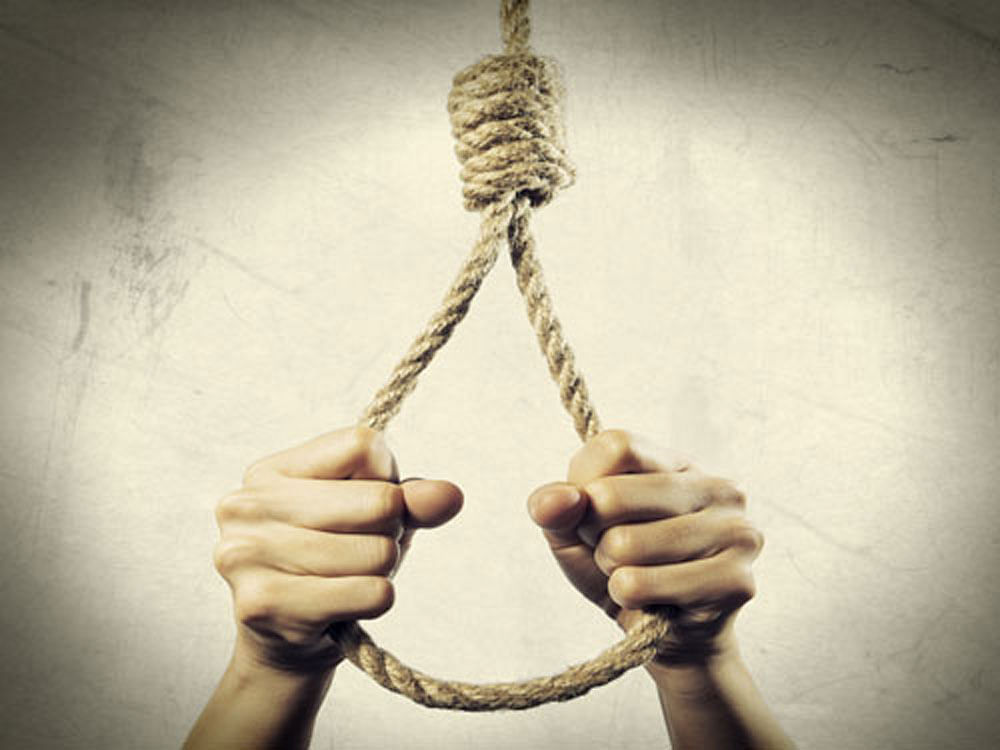
Shakespeare’s cherished hero is contemplating suicide. Not in despair or confusion, but with startling clarity and logic. He has lost his father and is in total shock that his widowed mother remarried in haste. To make matters worse, the ghost of his dead father visits him to reveal that he was murdered by his own brother who now wears the crown. It is a terrible situation, so he asks himself if it is better to end this life’s misery by one single, daring act.
The answer is staring him in the face. If he does, then what happens next? Where does one go? What greater sorrows await us in that great emptiness from which no traveller returns? Is it not better to face the present ills “rather than fly to others that we know not of?”
So, his mind questions, analyses and resolves with cold logic. One wonders whether today’s young man with suicidal thoughts debates with himself the repercussions of his action with such cool objectivity. A little introspection should make him also pause like Shakespeare’s hero before he decides to end his life.
Suicide is an extreme form of despair, born out of hopelessness and frustration. According to the findings of the World Health Organization (WHO), nearly 800,000 people destroy their own lives every year, and many more attempt to do so. A tragedy that affects families, communities and countries is something that cannot be brushed aside. Its long-lasting effects on those left behind can cripple entire societies. Not surprisingly, nearly 80% of these occur in low and middle-income countries. Shockingly, of the 800,000 people who commit suicide worldwide every year, 135,000 (17%) are residents of India, according to official estimates. Half of these are in the 15–29 years age group. This is a significant statistic.
These young people who end their lives are either frustrated students who failed in examinations or did not find suitable employment post-exams; young brides harassed for dowry; young men and women thwarted in love affairs or harassed by elders for inter-caste marriages. It is not surprising that the four southern states of Karnataka, Kerala, Andhra Pradesh and Tamil Nadu, where the education levels are higher than in others, witness the maximum number of suicides related to examinations and employment. Whereas, in the more backward states like Haryana, Bihar or Rajasthan, the suicide rate is high among young women who are victims of dowry deaths, sexual exploitation and superstitious practices.
It is a tragedy, nonetheless, that we have to lose promising lives, especially those of young women, to superstitious beliefs and archaic customs. A recent study has revealed that young married women in India account for the majority of suicide deaths. Despite all our efforts to improve the lives of girl children, we are still lagging behind in this respect. Perhaps, it is the stigma surrounding mental health that is the main culprit. Depression and other mental disorders tend to be swept under the carpet by parents. These are the early signs of suicidal tendencies which need to be recognized and treated.
Our attitudes towards mental health are archaic. Even highly educated parents are known to hide their mentally retarded or disturbed children from public view. It is high time that schools educated parents on these issues to train them to recognize abnormal symptoms in their children and treat them openly. Our education system itself is largely responsible for teenage suicides. When it punishes failure and celebrates success, it has laid the foundation for depression. Even the new education policy draft has ignored this aspect of learning.
Among the many lessons that parents teach their children, the most valuable would be the one on how to accept failure. As educationist Jiddu Krishnamurti rightly pointed out, our education is “so clearly unable to prepare students for the fundamental challenges of living.”
Schools and colleges set marks in examinations as the indicators of excellence. What a parody of education!
I recall a conversation with the Dean of Admissions in Stanford University. “While judging international students, we do not merely go by the marks obtained in examinations, or the letters of recommendation from teachers. We look for an intangible something in the candidate’s portfolio that reflects his true capabilities and then make the admission.” He added with a smile: “So far, this method has not failed.”
Finally, suicide being a major public health problem, the Centre should include suicide prevention among its health priorities and evolve a national suicide prevention strategy like many other countries have done. Suicide is not a crime to be punished. It is a serious health issue to be treated.